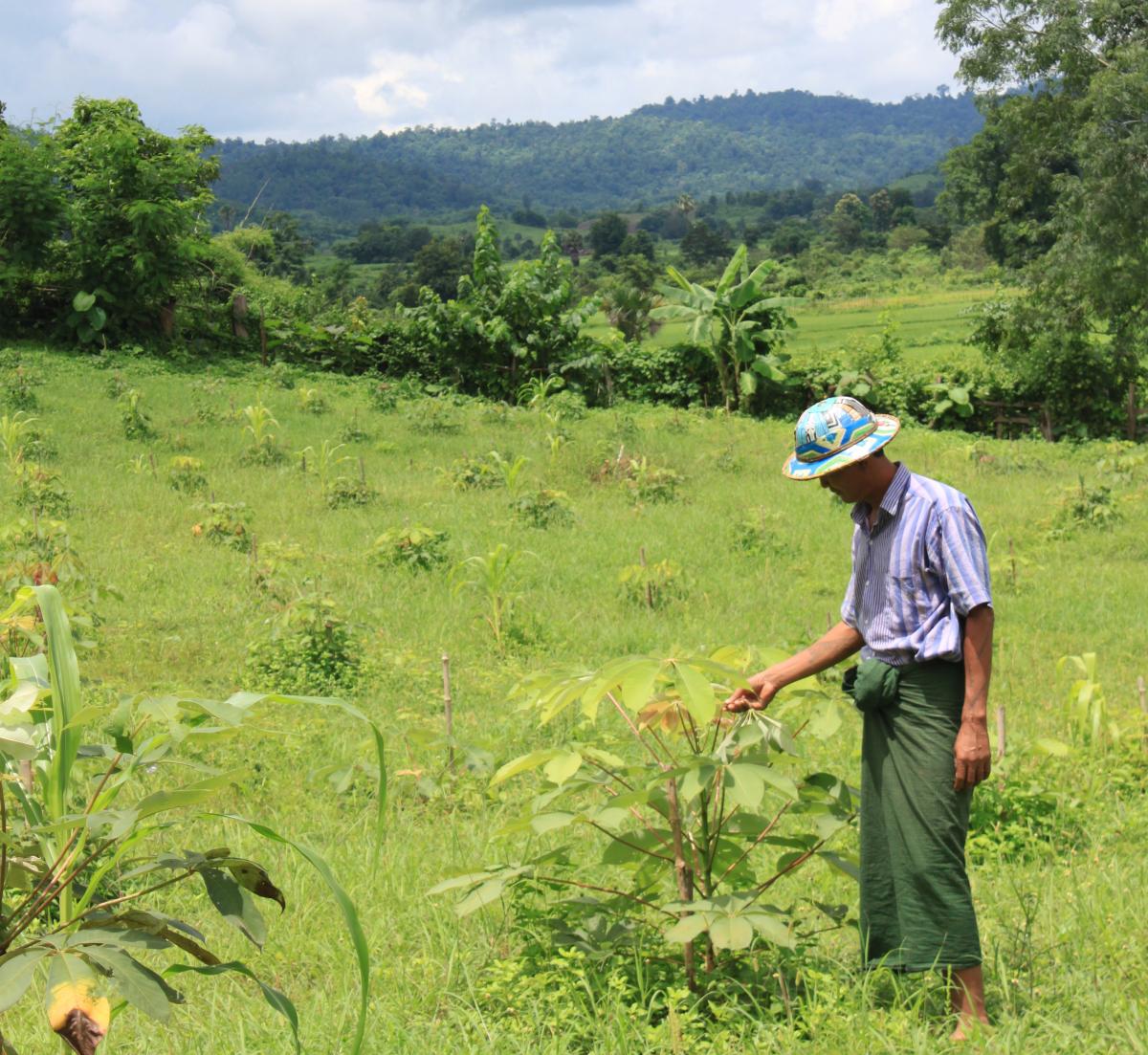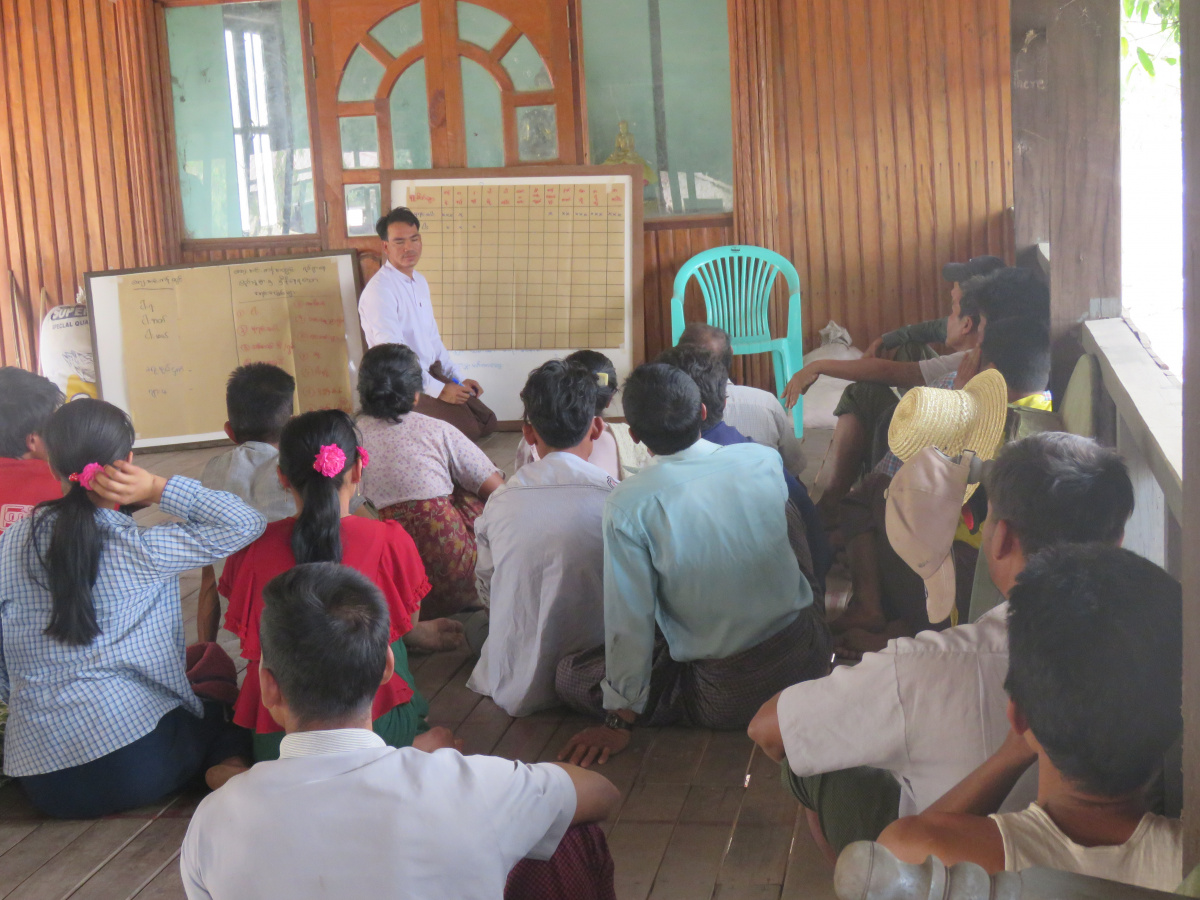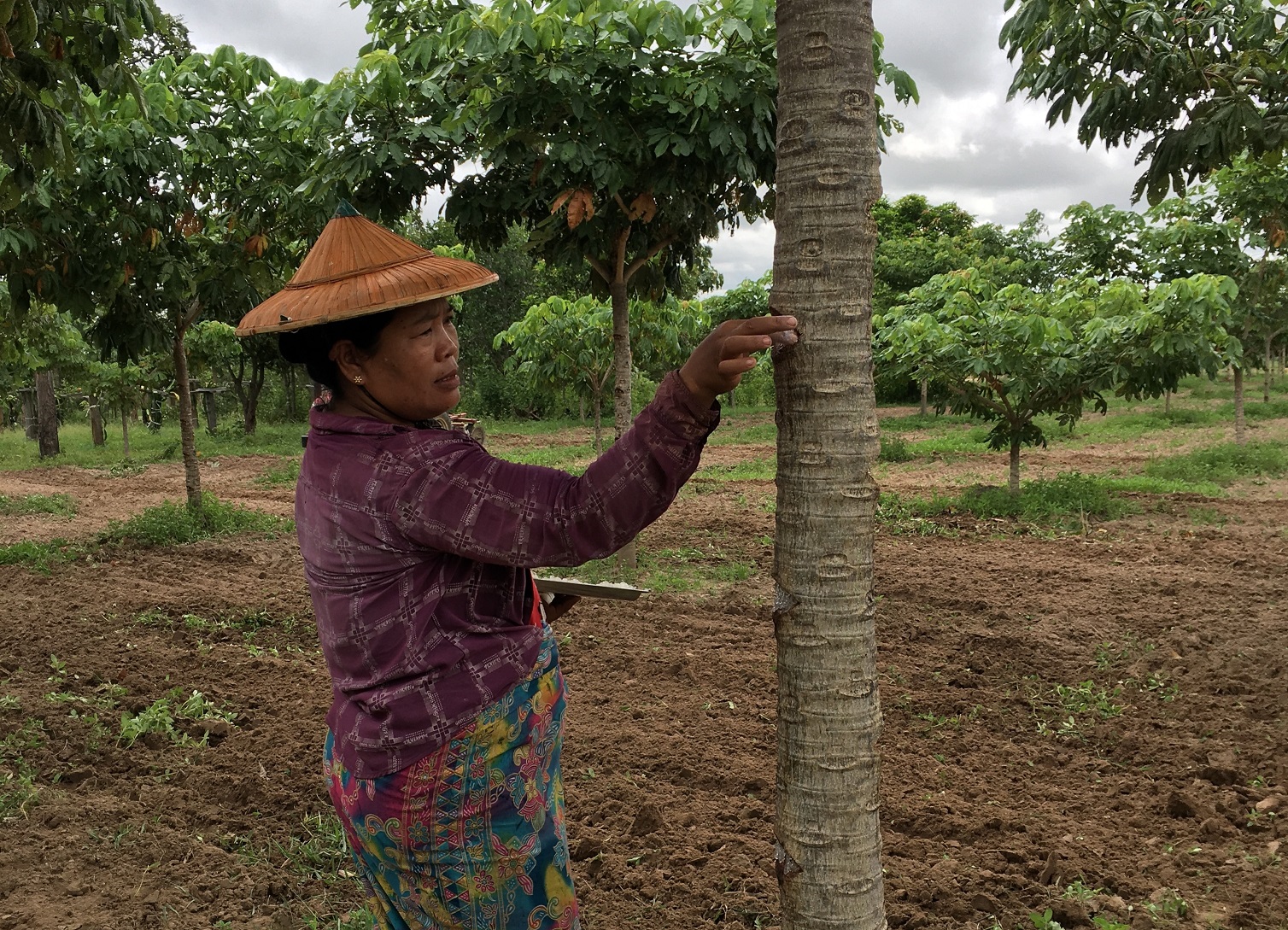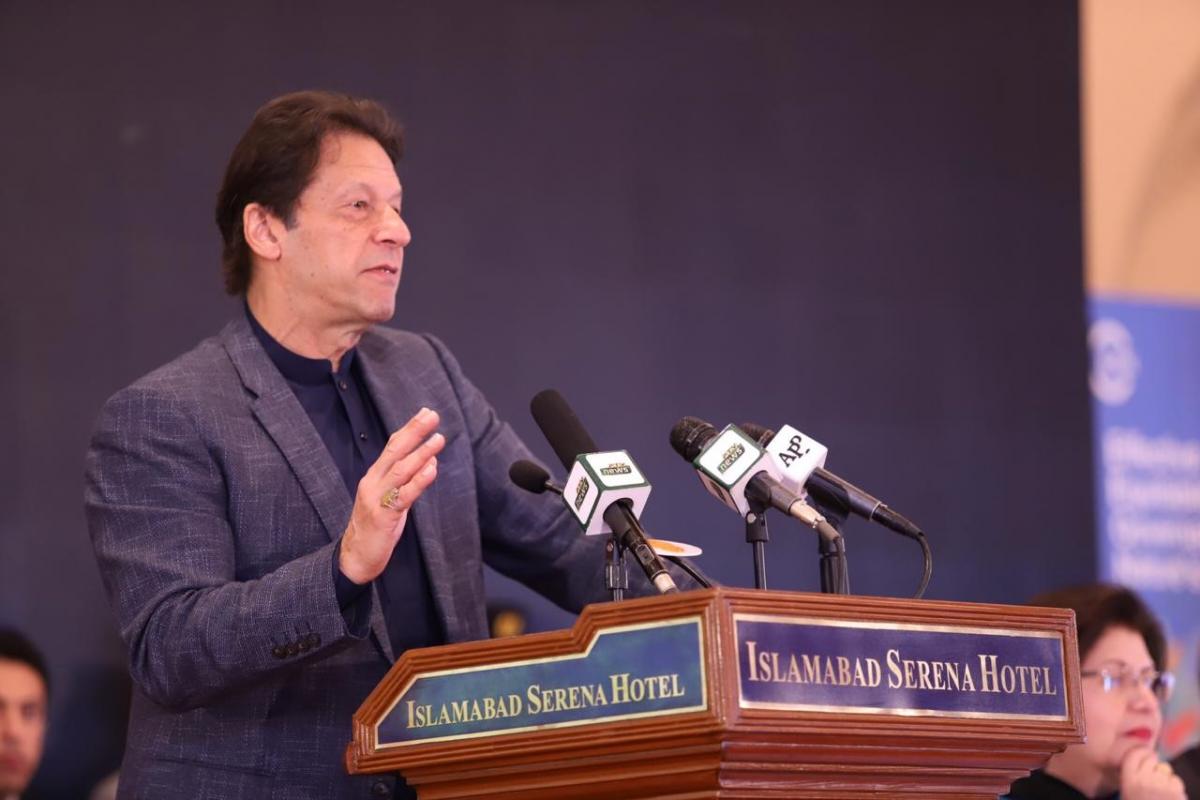Myanmar Restoration Opportunities Assessment Methodology (ROAM) report
In collaboration with the Forest Department and The Nature Conservation (TNC) and with funding from the UK Department for International Development (DFID) International Forestry Knowledge (KnowFor), IUCN has completed a national Restoration Opportunities Assessment Methodology (ROAM) report to identify Forest Landscape Restoration (FLR) opportunities in Myanmar.

Photo: A man on a community forestry plot that he manages © Li Jia/IUCN Asia
The ROAM process identifies strategically important geographical areas in Myanmar to address key FLR objectives, including supporting Myanmar to restore forest cover; protecting key watersheds, which are the foundation of production activities that support millions of rural residents; and protecting key biodiversity areas.
ROAM was applied in support of the Myanmar Reforestation and Rehabilitation Program (MRRP), which was approved in 2016, as well as other FLR efforts in Myanmar, including The Restoration Initiative (TRI) funded by the Global Environment Facility (GEF).
MRRP aims to restore over 1.2 million hectares of degraded and deforested land by 2026, through plantations, community forestry, agroforestry, natural forest regeneration, and enrichment planting. If MRRP can invest strategically in priority areas and adopt an FLR approach, implementation of such restoration plans will generate multiple benefits for Myanmar’s people and biodiversity.
 Photo: Degraded forest in Sagaing Region © Dr. Oliver Springate-Bagnisky
Photo: Degraded forest in Sagaing Region © Dr. Oliver Springate-Bagnisky
The ROAM analysis identified up to 2.5 million hectares as FLR opportunity areas. After excluding areas where FLR is impractical (built-up areas, open water, etc.) or low priority (if they only deliver one rather than multiple benefits), 713,000 hectares were identified as priority FLR areas.
Priority FLR areas include the dry deciduous forest of central Sagaing Region, the mangroves of northern Rakhine State and the Ayeyarwady Delta, the lowland evergreen forest of southern Tanintharyi Region, and the mixed deciduous forest of the Bago Yoma. The identification of specific FLR sites requires more detailed on-the-ground assessments.
To download the full report, please click HERE.



